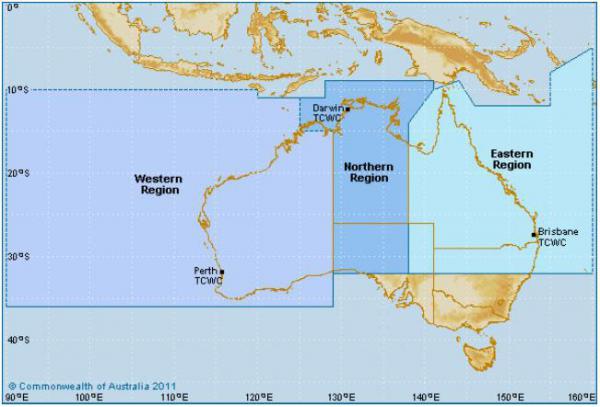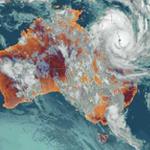Australian Tropical Cyclone Season Outlook
07 November 2012
The Bureau issues a Tropical Cyclone Season Outlook each year which predicts tropical cyclone activity for Australia in the coming season.
The Australian Tropical Cyclone Season Outlook provides:
- predictions of the frequency and pattern of cyclones during the season, with rough forecasts - adjustable throughout the season - of expected tropical cyclones across northern Australia,
- prevailing global weather patterns and climatic conditions,
- statistical methods used to make predictions and
- a statement of the reliability of the predictions based on current conditions.
How we develop the predictions
The outlook's predictions are based on statistical analysis of tropical cyclone numbers and two key indexes that measure the status and strength of atmospheric and oceanic conditions: the Southern Oscillation Index and the Niño 3.4 sea surface temperature index.
Global weather patterns and ocean temperatures also impact predictions from season to season, with South Pacific climate patterns such as El Niño and La Niña, influencing the overall outlook.

Regional boundaries used by the three Tropical Cyclone Warning Centres: Perth, Darwin and Brisbane.
Coastal impact of tropical cyclones
Impacts of tropical cyclones vary depending on their intensity and whether or not they make landfall. Tropical cyclones that stay out at sea can still affect areas along the coast with storm surges, strong winds and intense rain.


Comment. Tell us what you think of this article.
Share. Tell others.